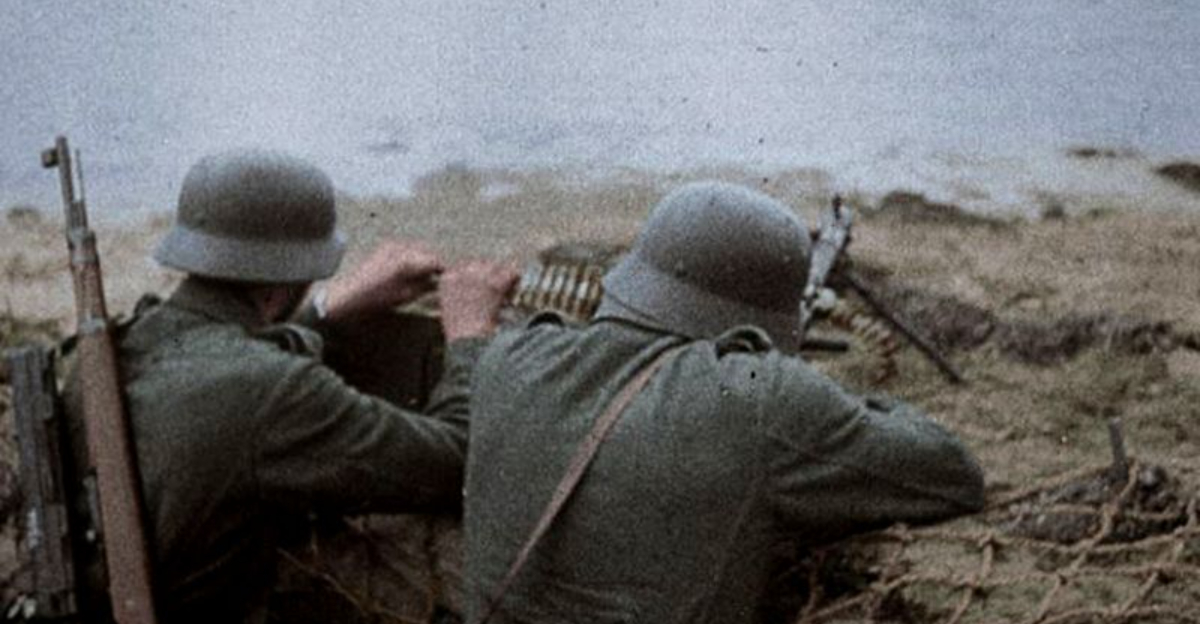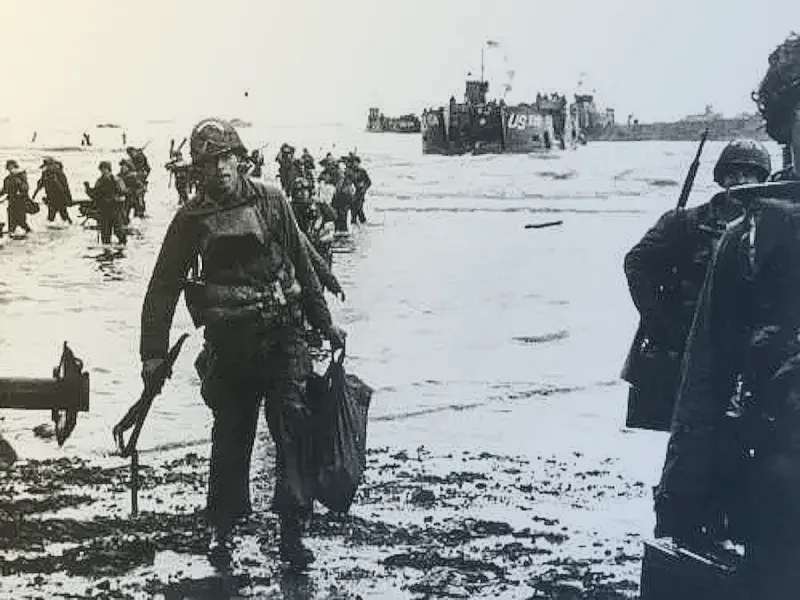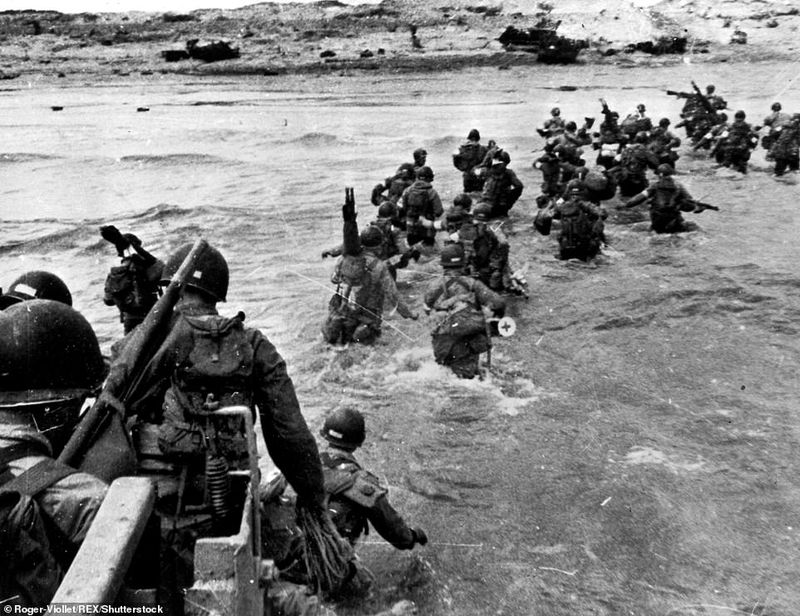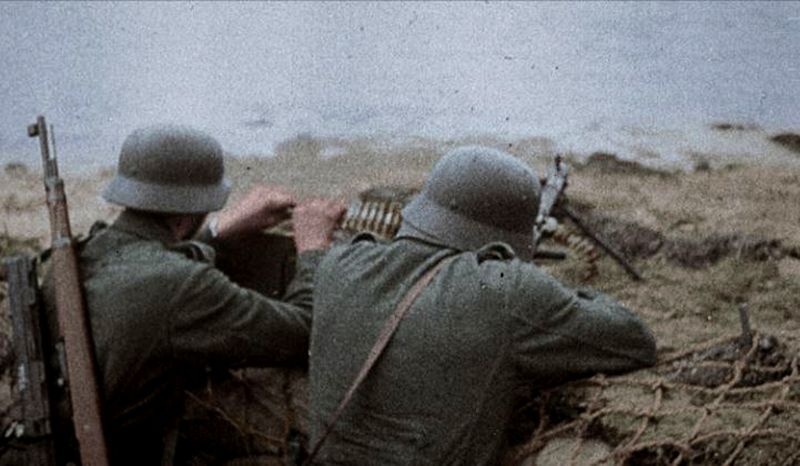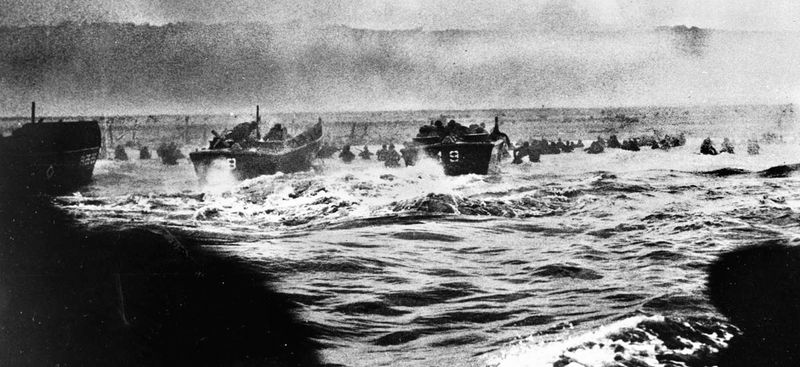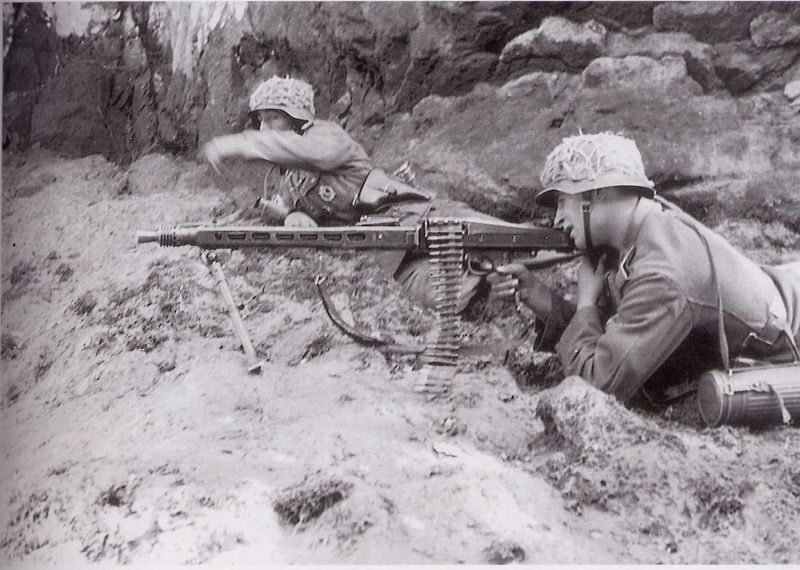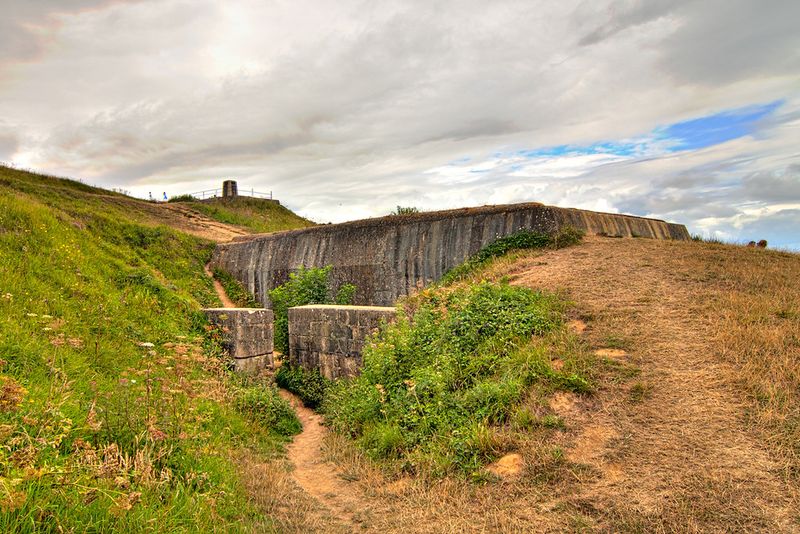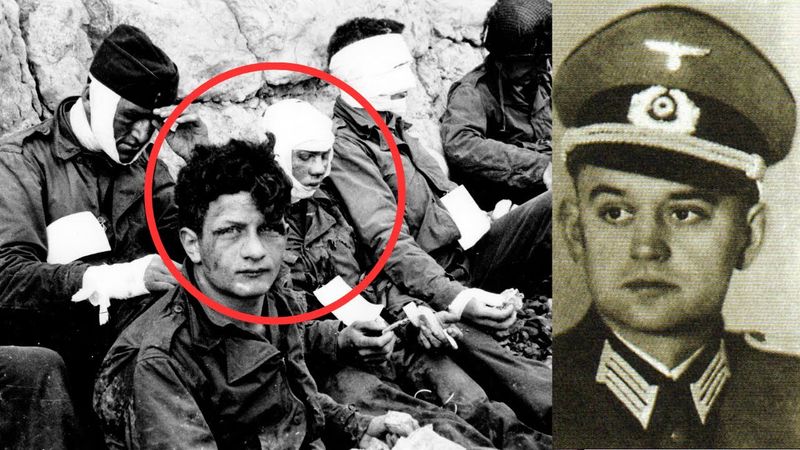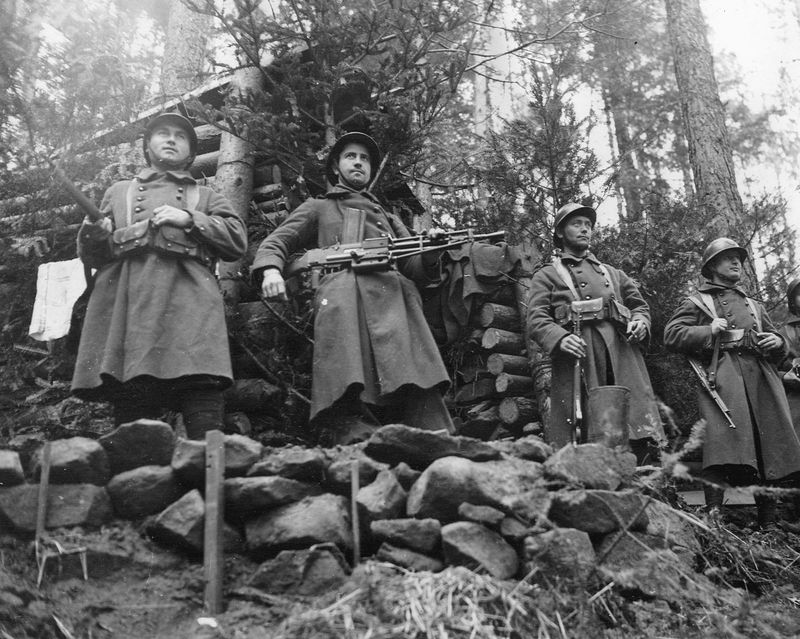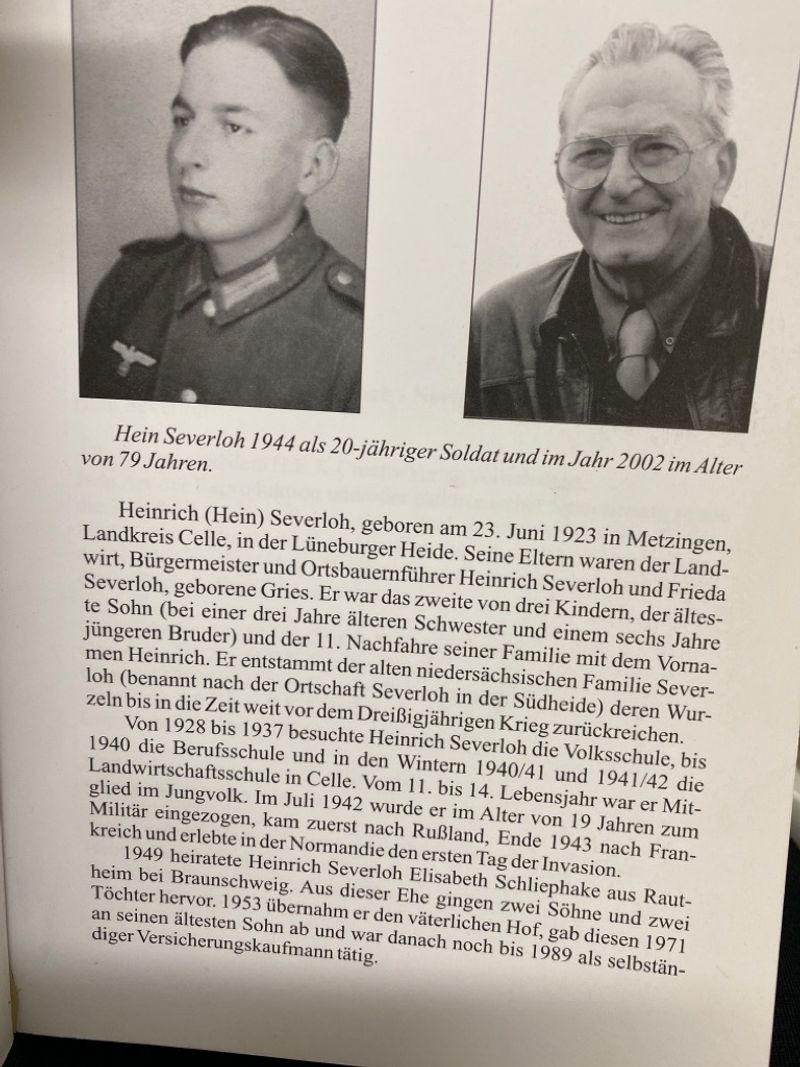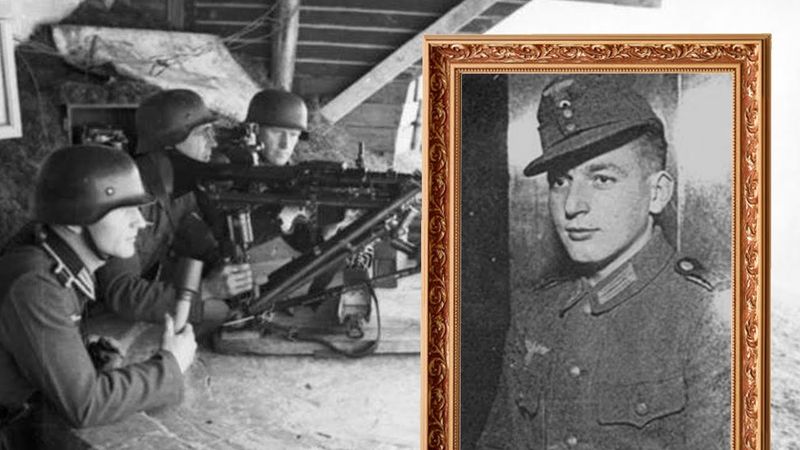Discover the astonishing and controversial story of Heinrich Severloh, the lone soldier who defended Omaha Beach during the D-Day invasion. His actions, legendary yet contentious, have left a lasting legacy in the annals of military history.
1. He Was Just 20 Years Old on D-Day
At the age of 20, Heinrich Severloh found himself at the heart of one of World War II’s most pivotal events. His youthful appearance belied the gravity of his actions on Omaha Beach, where he played a crucial defensive role.
The pressure of the situation was immense, yet Severloh’s resolve was unwavering. His actions, despite the moral and ethical complexities, were driven by the stark realities of survival and duty to his country.
This young soldier’s story underscores the harsh realities faced by countless individuals during the war, where age was no barrier to the horrors of battle.
2. He Acted Against Orders to Stay in the Fight
Heinrich Severloh’s determination was evident when he defied direct orders to retreat from his post at Omaha Beach. His commanding officer had instructed him to fall back, but Severloh chose to stand firm.
This decision was not taken lightly; it was a testament to his commitment and a reflection of his belief in the cause he was fighting for.
The consequences were significant, as his continued presence contributed heavily to the Allied casualties. Severloh’s actions highlight the complex moral landscape of wartime, where duty and personal conviction often collide.
3. He Fired Over 13,000 Rounds in a Single Day
Heinrich Severloh was a key figure during the D-Day invasion, manning an MG42 machine gun at Omaha Beach. Though just 20 years old, he displayed a fearsome resolve by reportedly firing over 13,000 rounds at the Allied forces.
His bunker was a hive of activity as he continuously reloaded and maintained his weapon, contributing massively to the beach’s defense. Despite the chaos around him, Severloh remained focused, driven by survival instinct and duty.
The relentless barrage of gunfire turned the tide momentarily, making him a formidable opponent to the advancing troops.
4. He Claimed to Have Killed or Wounded Over 1,000 Soldiers
Heinrich Severloh’s legacy is intertwined with his claim of having killed or wounded over 1,000 Allied soldiers on D-Day. This staggering figure, though difficult to verify, paints a picture of fearsome efficiency.
The psychological impact of such actions is profound, raising questions of morality and the human cost of war. Severloh’s account offers a glimpse into the mind of a soldier grappling with the consequences of his actions.
His story serves as a stark reminder of the devastating power of warfare and the enduring scars it leaves on those who wield it.
5. He Used Both a Machine Gun and a Rifle
On D-Day, Heinrich Severloh demonstrated adaptability by switching from his MG42 machine gun to a Karabiner 98k rifle when his primary weapon overheated or ran out of ammunition.
This quick thinking allowed him to continue his relentless defense of Omaha Beach. The transition between weapons was seamless, showing his proficiency with both firearms and his determination to hold his ground.
Severloh’s ability to adapt under pressure was crucial in maintaining the defensive position, highlighting the versatility required of soldiers in battle.
6. His Bunker Was Hidden in Plain Sight
Heinrich Severloh was stationed in Widerstandsnest 62, a bunker strategically positioned to overlook Omaha Beach. This location was a linchpin in the German defensive strategy, offering a clear line of fire.
Despite being well-camouflaged, the bunker was a focal point of the battle, drawing significant Allied attention. Severloh’s position within this fortified nest was pivotal in controlling the beachhead.
The bunker’s design and location underscore the meticulous planning involved in the defense, making it a formidable obstacle for the invading forces.
7. He Was Captured Alive by American Forces
Despite his fierce resistance, Heinrich Severloh was eventually captured by American forces, marking the end of his involvement in the battle at Omaha Beach.
His capture was emblematic of the broader turning tide of the war, with the Allied forces gaining ground. Severloh’s survival through such intense conflict is a testament to his resilience and the chaotic nature of battle.
Post-capture, he spent time as a prisoner of war, experiencing the shift from soldier to captive, a transition faced by many during the war.
8. He Later Met and Befriended a U.S. Soldier He May Have Shot
In a remarkable twist, Heinrich Severloh eventually met David Silva, a U.S. soldier wounded at Omaha Beach, whom he may have shot during the battle. Their meeting was a poignant moment of reconciliation, transcending the animosities of war.
Severloh’s willingness to reach out and connect with Silva speaks volumes about the potential for healing and understanding post-conflict.
This friendship is a testament to the human capacity to bridge divides and find common ground, even after the most harrowing of experiences.
9. He Lived to Tell His Story
Heinrich Severloh survived the war and lived to share his experiences, publishing a memoir titled “WN62 – Erinnerungen an Omaha Beach.” This autobiographical work offered insights into his wartime actions and reflections.
Severloh’s narrative provides a personal account of the day’s events, offering a unique perspective on one of history’s most significant battles. His story adds depth to the understanding of individual soldier experiences during the war.
Living into his 80s, Severloh’s life journey underscores the enduring impact of wartime experiences on veterans.
10. His Legacy Remains Deeply Controversial
Heinrich Severloh’s legacy is a subject of intense debate, with opinions divided on his role during the D-Day invasion. Some view him as a symbol of wartime horror, while others question the accuracy of his reported kill count.
The “Beast of Omaha,” as he was dubbed, evokes complex emotions and discussions about morality in warfare. Severloh’s story is a microcosm of the broader ethical dilemmas faced in conflict.
His actions and their interpretation continue to provoke thought on the nature of heroism and villainy, reflecting the nuanced narratives of history.
